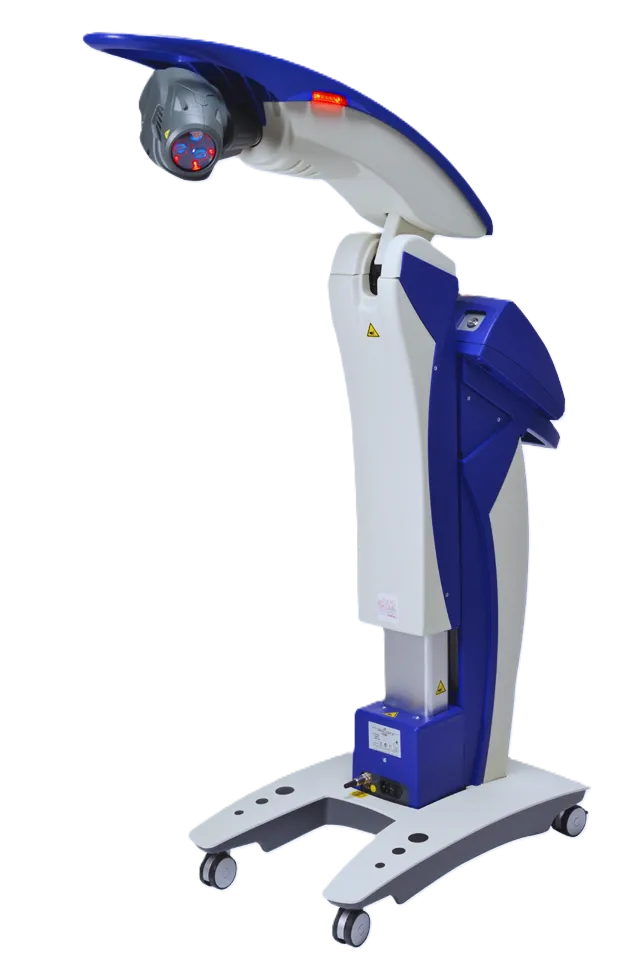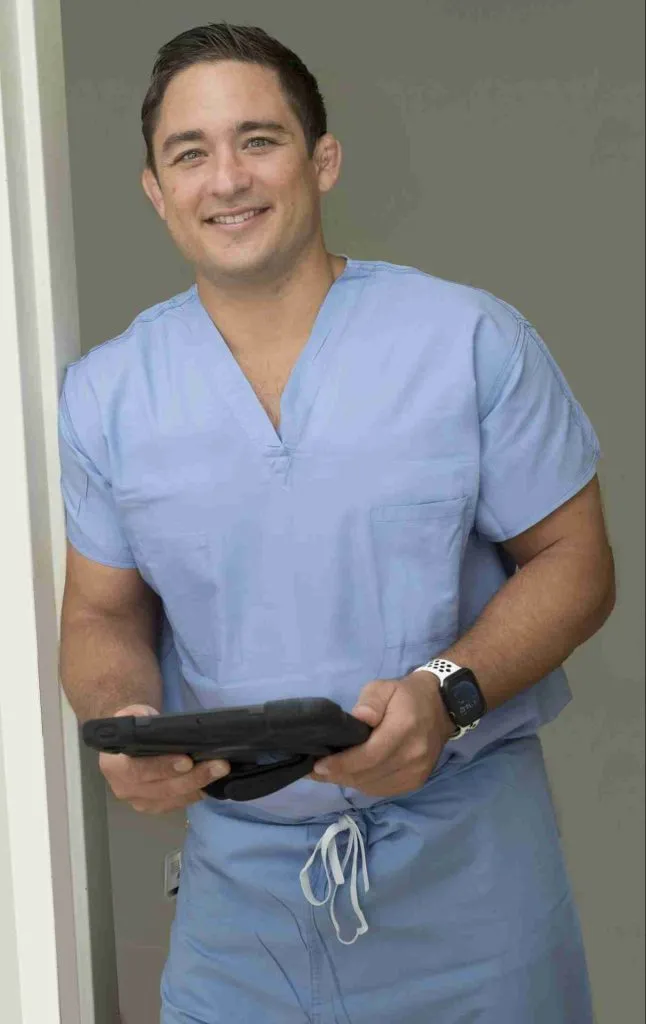Platelet Rich Plasma (PRP) Knee Injections
Treat Arthritis, Inflammation & Joint Pain
Platelet Rich Plasma (PRP) Knee Injections
The PRP injections have been used by various professional sports teams to treat orthopedic problems. PRP has been used for everything from tendon injuries, to ACL repairs. Doctors are injecting PRP into the knee to treat arthritis pain and inflammation in the knee. In several studies, PRP performed as well or better than cortisone shots at relieving knee pain. It also performed equally well as viscosupplementation using hyaluronic acid injection at relieving knee pain and improving function.
The platelet-rich plasma is used to promote the production of new tissues to replace damaged or worn tissues including cartilage. It can be used on patients with arthritis, patients looking for knee injuries, meniscus tears, tendon damage, ligament damage, and muscle sprains.
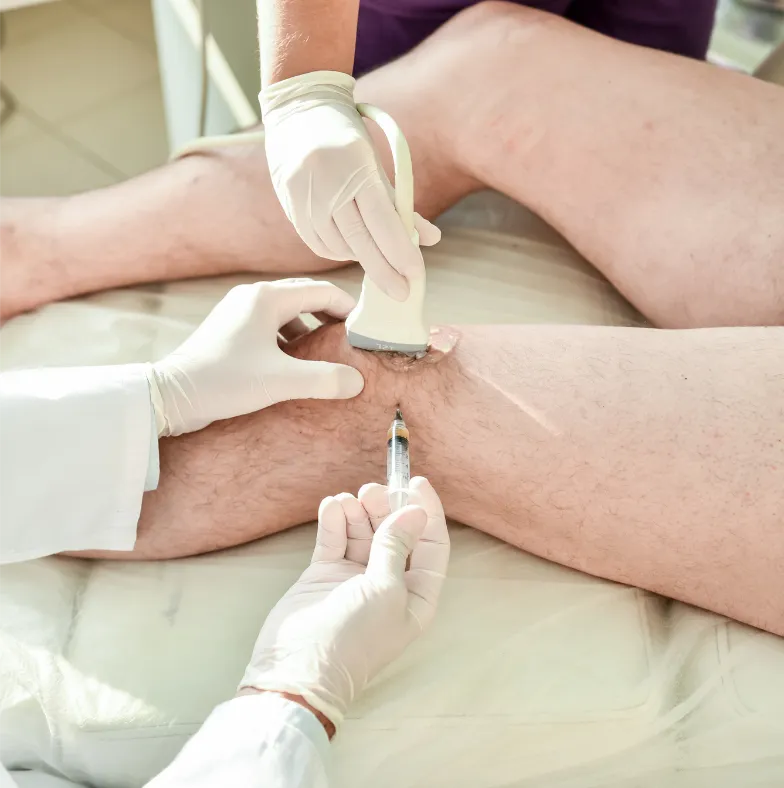
How Platelet Rich Plasma (PRP) Therapy Works
Platelets are an essential part of the blood’s clotting mechanism, but they also perform another important function – they release proteins that help stimulate cell growth and tissue repair. Platelet-rich plasma (PRP) therapy involves taking a small amount of blood from the patient and separating the platelets from the rest of the blood using a centrifuge. PRP is a concentrated mixture of platelets, fibrinogen and other proteins found naturally in the blood that helps promote healing of injured tissue by inducing angiogenesis factors such as fibrin and other clotting factors. Growth factors and cytokines such as platelet-derived growth factor (PDGF) and transforming growth factor beta1 (TGF-β1) stimulate cellular proliferation and tissue regeneration. The platelet-rich plasma is then injected into damaged tissue to stimulate tissue recovery and promote healing.
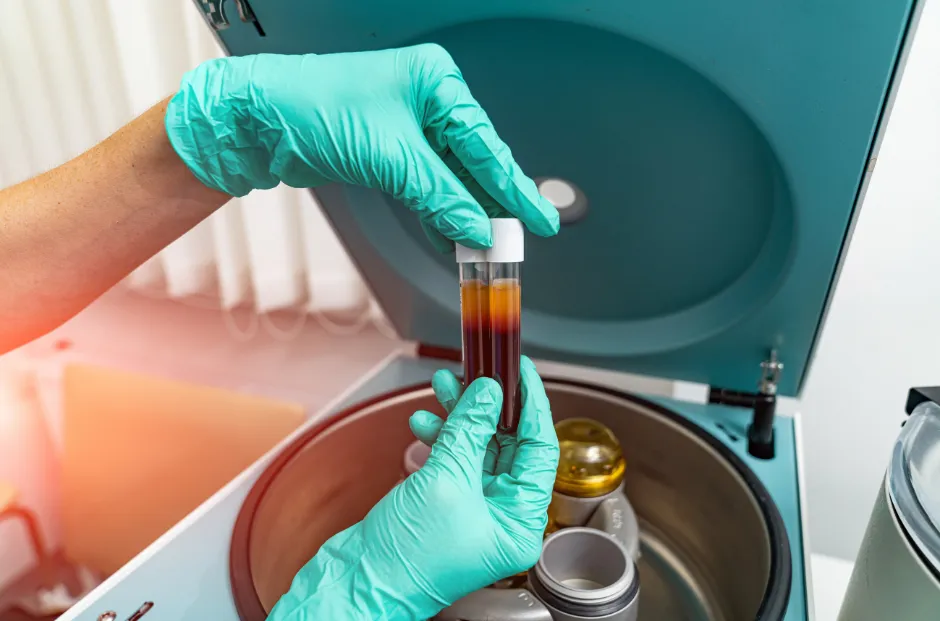
What Platelet Rich Plasma (PRP) Therapy can Treat
PRP injections are helpful for knee injuries because they can help restore cartilage function, strengthen ligaments and tendons, relieve pain, and improve joint stability. However, PRP injections are not a sure-shot cure for osteoarthritis patients since PRPs cannot reverse or stop the disease process. PRP treatments may be expensive, but they have been seen to produce favorable results when used alone or in combination with other procedures such as microfracture surgery or viscosupplementation injection.
Various medical studies have shown that platelet-rich plasma effectively improves pain from damaged knee cartilage. For example, platelet-rich plasma injections have been shown in medical studies to reduce pain for osteoarthritis patients because platelet-rich plasma contains over 30 bioactive proteins that stimulate bone marrow stem cells. The platelet-rich plasma also stimulates protein synthesis, which is very helpful for people with arthritis because these proteins may play a role in tissue regeneration.
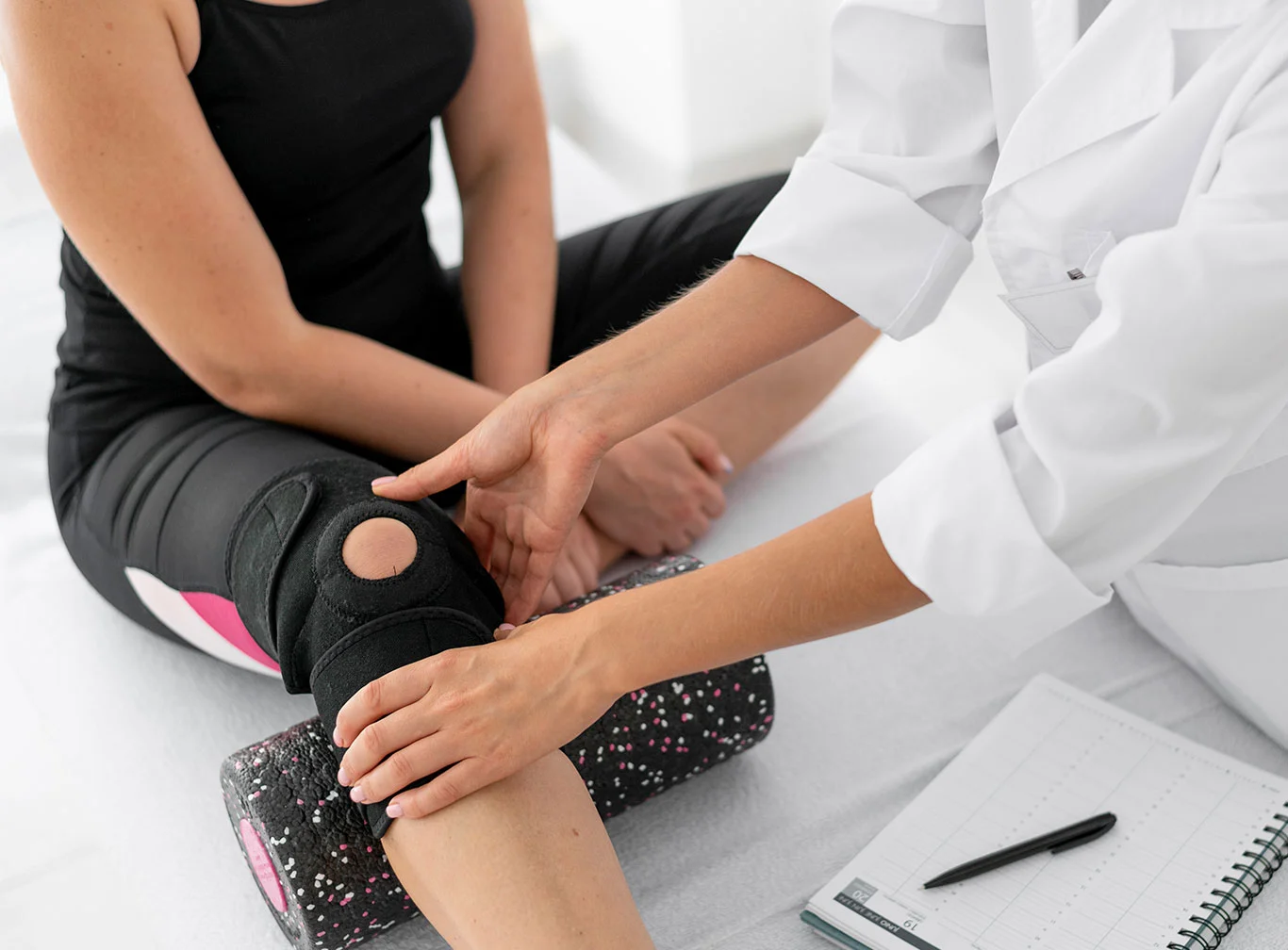
Safety of Platelet Rich Plasma (PRP) Therapy
PRP therapy is relatively safe since it uses the patient’s blood. Patients should consider platelet-rich plasma injections as a possible alternative to knee surgery because this process does not involve incisions or anesthesia. However, platelet-rich plasma must be performed by a qualified healthcare professional with knowledge of platelet and platelet biology. Some studies suggest that platelet-poor plasma (PPP) may be associated with adverse effects such as clotting and inflammation, so professionals should use platelets from healthy donors. Side effects after the procedure include temporary pain during physical activity, swelling, bruising at the injection site, bleeding disorders, and allergic reactions. Platelets contain small amounts of calcium, which may lead to platelet clumping during platelet-rich plasma injections. To prevent platelet aggregation, physicians should avoid mixing platelets with other agents, such as anticoagulant medications or blood thinners. There is an infrequent possibility of infection, as any time you introduce a needle into the joint brings the possibility of infection.

Why Choose Our Practice for Your PRP Injections?
When it comes to regenerative treatments like Platelet-Rich Plasma (PRP) injections, selecting the right provider is pivotal to achieving the best possible outcomes. Our practice stands out as a premier choice for several compelling reasons. Here’s why you should consider us for your PRP treatment needs:
1. Board-Certified Orthopedic Surgeon Expertise
Specialized Knowledge
Our board certification in orthopedics isn’t just a title—it’s a testament to our deep understanding of musculoskeletal conditions and our capability to use PRP injections where they can be most beneficial effectively. This specialized knowledge ensures that we can address your condition with the precision and care it deserves.
Surgical Precision
With a background enriched by surgical precision, we bring exceptional skill to every injection, significantly reducing the risk of complications and enhancing treatment accuracy.
2. Comprehensive Diagnostic Approach
Thorough Evaluation
Our practice emphasizes a comprehensive examination, adopting a hands-on approach to thoroughly understand your discomfort. This allows us to craft a treatment plan that’s as unique as you are, targeting your specific needs for optimal outcomes.
Advanced Imaging Review
We insist on reviewing imaging of the affected area to ensure a precise diagnosis. This level of detail enhances the effectiveness of the PRP injections, guiding us to the exact area of need.
3. Personalized Treatment Plans
Customized Care
We believe in personalized care, not one-size-fits-all solutions. Our approach ensures that each patient receives a treatment plan tailored to their unique condition and recovery objectives.
Integrated Treatment Options
Our practice integrates PRP injections with complementary therapies like laser therapy and hyaluronic acid injections. This holistic approach optimizes healing and functional recovery, demonstrating our commitment to your comprehensive care.
4. Commitment to Regenerative Medicine
Innovative Treatments
We are dedicated to providing the latest and most effective regenerative medicine techniques, including PRP injections. Our practice is at the forefront of innovative treatments, reflecting our commitment to your health and recovery.
Continued Learning
Our passion for regenerative medicine drives us to stay updated with the latest advancements. This ensures you receive care based on current research and best practices.
5. Proven Track Record
Successful Outcomes
Our experience and dedication have led to successful outcomes for our patients, reinforcing our reputation as a trusted provider in the field of regenerative medicine.
Patient Satisfaction
Our personalized attention and comprehensive care have resulted in high patient satisfaction, making us a preferred choice for those seeking PRP injections.
6. Holistic and Supportive Care
Beyond Injections
We understand that recovery extends beyond the injection itself. Our practice offers guidance on rehabilitation, nutrition, and lifestyle adjustments to support your overall well-being and successful outcomes.
Patient Education
We prioritize educating our patients about their treatment options, ensuring that you are well informed and comfortable with your care plan.
Choosing us as your PRP injection provider means benefiting from our specialized expertise, personalized care plans, and a holistic approach to your health and recovery. Let us be your partner on the healing journey and improved quality of life.
Cost of Platelet Rich Plasma (PRP) Therapy
Series of Three PRP Injections
- Upfront Purchase
- Administered every 1 – 2 weeks over the course of 6 weeks
- MOST POPULAR
Series of Four PRP Injection
- Upfront Purchase
- 4th Injection administered 6 months later
- RECOMMENDED
Cost does not include consult fee (may be covered by insurance) or taxes.
The FDA clears the equipment used to produce PRP and the injections themselves. However, this procedure is still considered investigational. The FDA does not officially approve it for most uses. PRP is derived from one’s blood; it is not technically considered a drug. “Off-label” means doctors may prescribe and administer PRP if they believe it’s in the patient’s best interest. However, the lack of formal FDA approval means that PRP treatments are unlikely to be covered by insurance.
Before Receiving a PRP Injection
Before your exam:
1. You may undergo a CBC to confirm that you have enough platelets
2. Prior to the procedure, do not take the following medications:
3. Stop taking the following supplements:
4. You are not a candidate for PRP injections if you have the following:
Examination:
Your provider will ask you questions regarding your medical history and make sure that you are a candidate for the procedure. You will be given the opportunity to ask questions regarding Platelet Rich Plasma

Blood Draw:
You will have a blood draw to collect blood and platelets by one of our expert-trained phlebotomists or physician assistants.
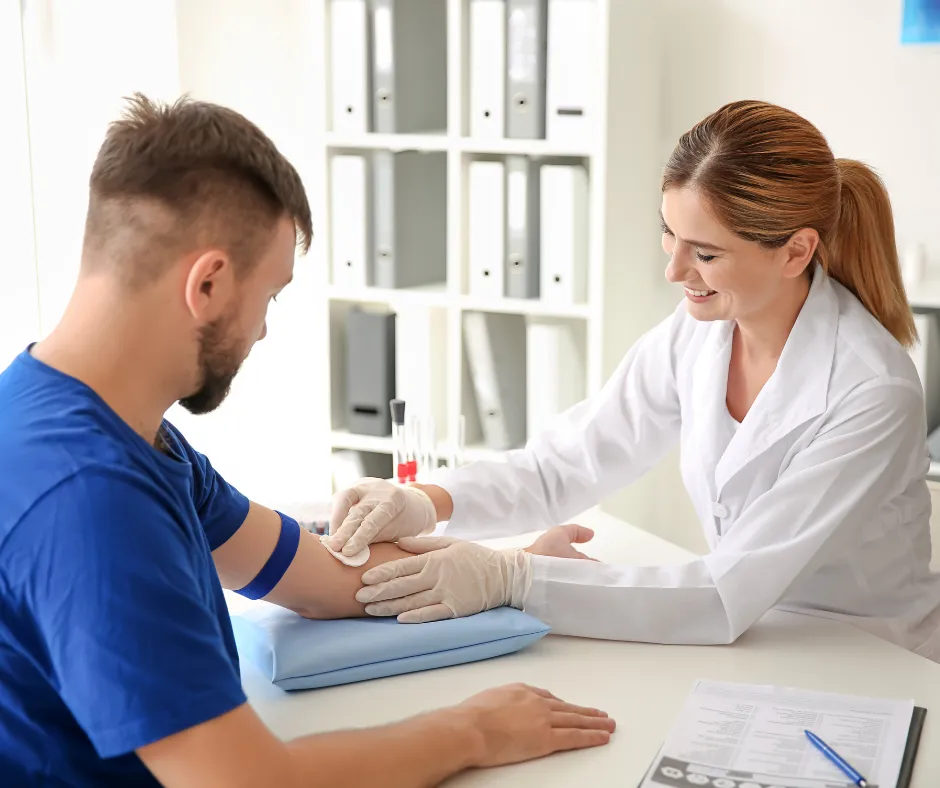
Centrifuge:
A centrifuge concentrates Platelet-Rich Plasma (PRP) by spinning blood samples at high speeds to separate its components based on their density. Here’s a brief overview of the process:
Centrifugation: The tube is placed in a centrifuge and spun at a predetermined speed and time. The centrifugal force generated separates the blood into layers:
Red Blood Cells (RBCs): Being the heaviest, RBCs settle at the bottom of the tube.
White Blood Cells (WBCs) and Platelets: Form a middle layer known as the “buffy coat,” richer in platelets.
Plasma: The lightest component, plasma, rises to the top.
Platelet Concentration: The layer containing platelets (the buffy coat) and some plasma is carefully extracted. Adjusting the centrifugation parameters can enrich this fraction with a higher concentration of platelets, creating the PRP.

Administration of Platelet Rich Plasma (PRP)
Doctors use local anesthesia to inject platelet-rich plasma directly into patients’ joints at 1-2 week intervals over the course of 6 weeks. The platelet-rich plasma injections typically reduce pain significantly, so they are beneficial for osteoarthritis patients who cannot take long-term doses of nonsteroidal anti-inflammatory drugs (NSAIDs). Patients can expect their knee pain to improve within 1-2 weeks after getting platelet-rich plasma injection if they receive treatment early in their arthritis disease.

After the Injection:
- You will have the opportunity to rest for a few minutes before getting up
- Do not take any Aspirin, NSAIDs or other medications mentioned above for two weeks after the procedure
- You may apply an ice-pack for 10-15 minutes on the affected area every 2 hours
- Avoid major physical activity for at least 2 to 4 weeks after the procedure
- Tylenol (Acetaminophen) or topical lidocaine are good medications to treat pain
- You may elevate the affected extremity as necessary to rest.
There may be swelling and discomfort at the injection site for 1 -2 days.
For best results, our protocol recommends repeat injections every 1 to 2 weeks for a total of three injections.
Most patients notice improvements after 2 to 6 weeks. The pain relief can from the PRP injections may last 6 to 9 months and can last up to 2 years.
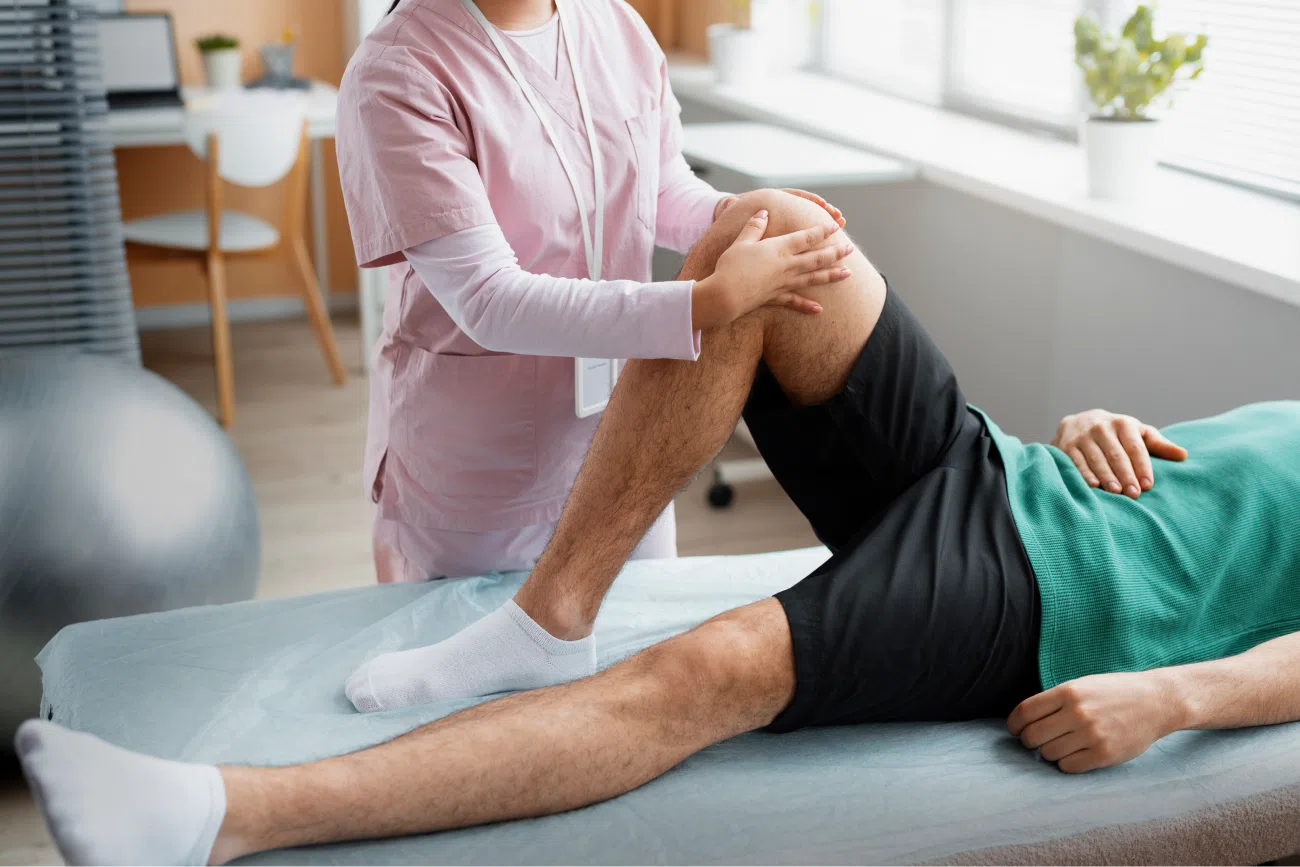
Enhancing PRP Therapy with Hyaluronic Acid Gel Injections
Building on the success of our Platelet-Rich Plasma (PRP) Therapy, we now offer an advanced treatment option that includes the addition of Hyaluronic Acid (HA) Gel Injections, also known as viscosupplementation. This innovative combination is designed to provide a dual-action approach to treating orthopedic conditions, leveraging the regenerative properties of PRP and the lubricating benefits of HA for enhanced patient outcomes.
Synergistic Benefits
Enhanced Healing: The growth factors in PRP can help to stimulate the repair of damaged tissues. At the same time, HA can improve joint function and reduce friction, potentially allowing for a better healing environment.
Increased Effectiveness: Some studies suggest combining PRP and HA could be more effective than either treatment alone, especially in osteoarthritis treatment. This is likely because PRP can enhance the viscoelastic properties of HA, thus improving its effectiveness.
Reduced Inflammation: Both PRP and HA have anti-inflammatory properties. PRP reduces inflammation by releasing growth factors that modulate the inflammatory response, while HA can directly reduce inflammation in the joint. Together, they may provide a more potent anti-inflammatory effect.
Synergistic Action: HA provides immediate relief by improving the joint’s mechanical function, while PRP’s effects are more gradual, focusing on long-term healing and tissue regeneration. This synergistic action can provide both immediate symptom relief and longer-term benefits.
Insurance Coverage for Hyaluronic Acid Injections
Understanding the financial aspects of healthcare is crucial for our patients. Here’s how we address insurance coverage for HA Gel Injections:
Insurance Authorization Assistance: We help you obtain insurance authorization for HA Gel Injections when your plan covers them. Coverage for HA injections can vary, often depending on the diagnosis and your specific insurance policy.
Transparent Communication: Before proceeding with the combined treatment, we will go over your insurance benefits to determine coverage eligibility for HA injections. We want you to know that we are committed to transparency and will provide detailed information regarding potential out-of-pocket costs.
Dedicated Support: Our team is here to guide you through the insurance verification process, helping you understand your coverage options and any necessary steps to secure authorization for HA Gel Injections.
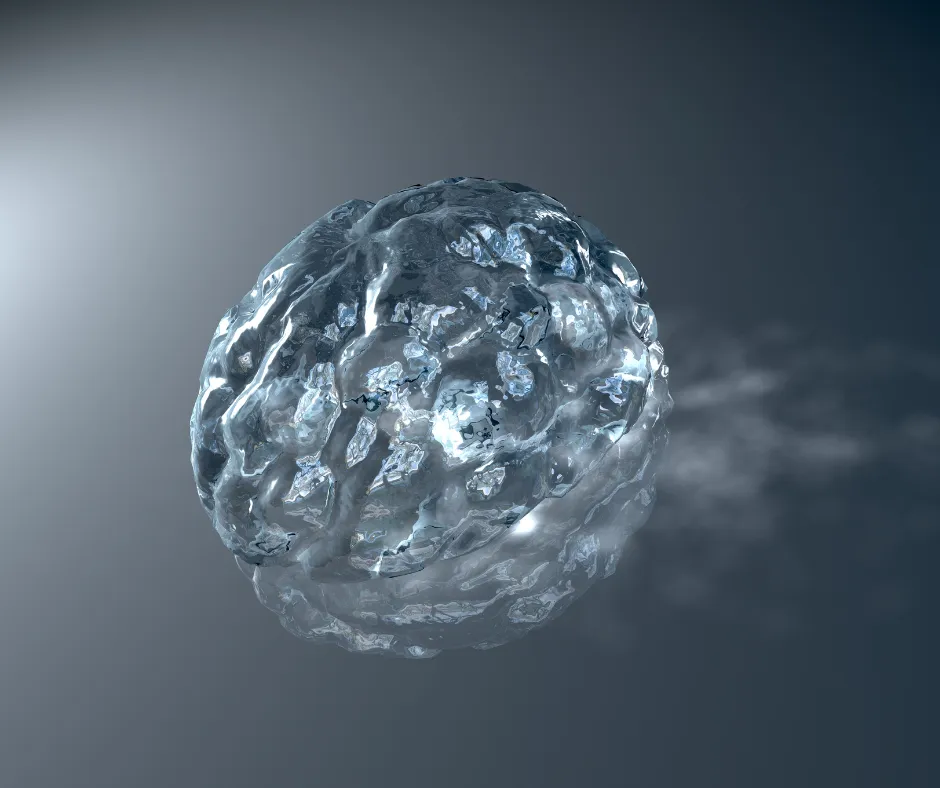
Synergy of Laser Therapy and PRP Injections
The integration of MLS (Multiwave Locked System) robotic laser therapy with Platelet-Rich Plasma (PRP) injections represents a cutting-edge approach to enhance the healing process through advanced therapeutic mechanisms. MLS laser therapy utilizes specific wavelengths of light in a controlled, robotic manner to precisely target affected tissues, offering distinct advantages in reducing inflammation, alleviating pain, and accelerating tissue repair. Here’s how MLS robotic laser therapy can complement and amplify the healing effects of PRP injections:
1. Enhanced Cellular Activity and Regeneration
Targeted Mitochondrial Activation: MLS robotic laser therapy precisely stimulates mitochondrial activity in targeted cells, leading to an increased production of adenosine triphosphate (ATP), the cell’s energy currency. This boost in cellular energy enhances metabolism and promotes faster regeneration of damaged tissues.
Growth Factor Stimulation: PRP injections deliver a high concentration of growth factors essential for tissue repair. The precise application of MLS laser therapy can further enhance the activity of these growth factors, optimizing the regenerative process initiated by PRP.
2. Reduced Inflammation
Modulation of Inflammatory Mediators: The MLS robotic laser can precisely modulate the levels of inflammatory mediators, reducing inflammation more efficiently than PRP alone. This targeted approach leads to a quicker reduction in swelling and pain, creating a conducive environment for healing.
Enhanced Lymphatic Drainage: The robotic precision of MLS laser therapy promotes effective lymphatic drainage, aiding in the reduction of edema and being beneficial for post-PRP injection healing.
3. Improved Blood Circulation
Stimulated circulation: The MLS robotic laser’s ability to improve blood circulation to the treated area. Enhanced blood flow ensures the delivery of more oxygen and nutrients, which are crucial for tissue repair, and synergizes with the growth factors provided by PRP.
4. Pain Reduction
Analgesic Effect: MLS robotic laser therapy achieves analgesic effects by reducing inflammation, inhibiting pain transmission in nerve fibers, and triggering the release of endorphins. This results in immediate pain relief post-PRP injections, enhancing patient comfort throughout the healing process.
5. Accelerated Tissue Repair
Collagen Production: The combination of PRP and MLS laser therapy stimulates collagen synthesis, which is essential for the strength and elasticity of connective tissues. The synergistic effect of these treatments can lead to more robust and quicker tissue repair.
Integrating MLS robotic laser therapy with PRP injections takes advantage of both treatments’ precision, control, and advanced therapeutic effects, potentially leading to an enhanced and more efficient healing process. This innovative combination is especially beneficial for treating orthopedic conditions, sports injuries, and other scenarios where accelerated tissue repair is desired, leveraging the latest advancements in medical technology to improve patient outcomes.
